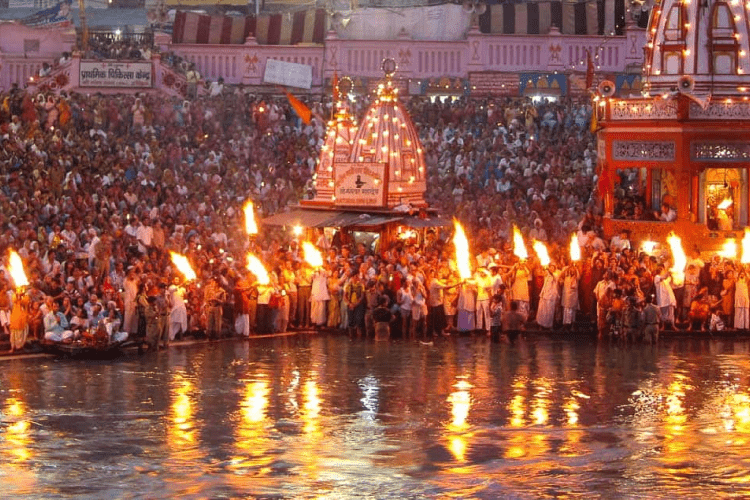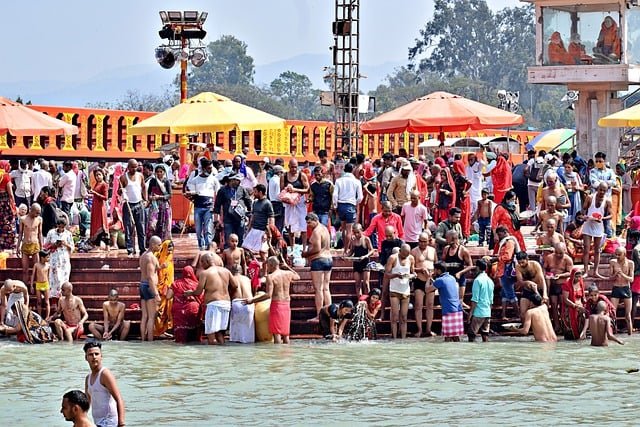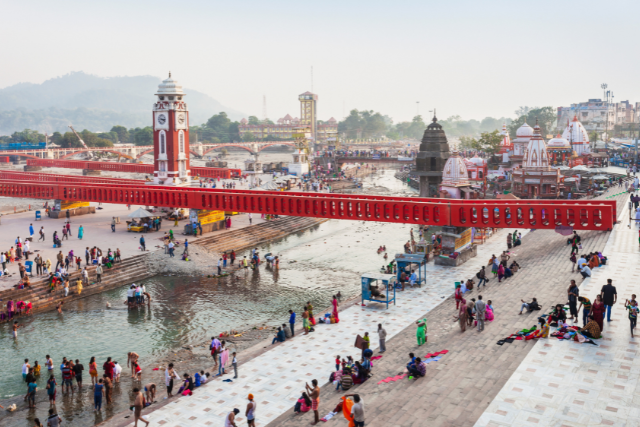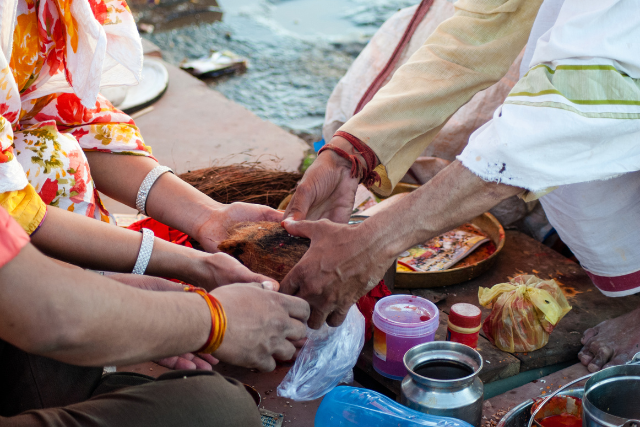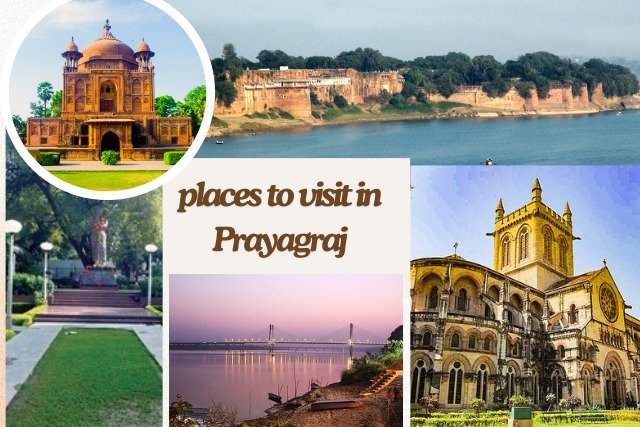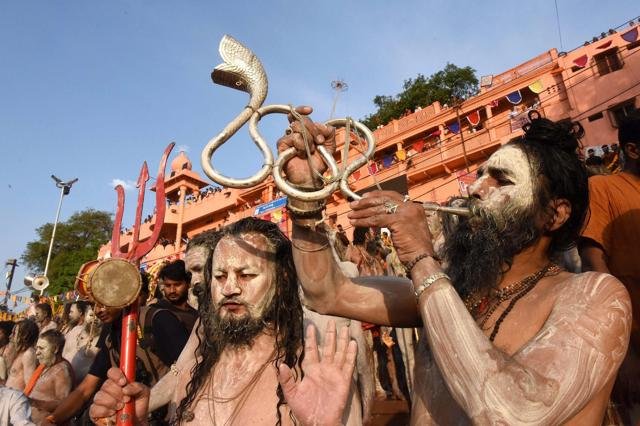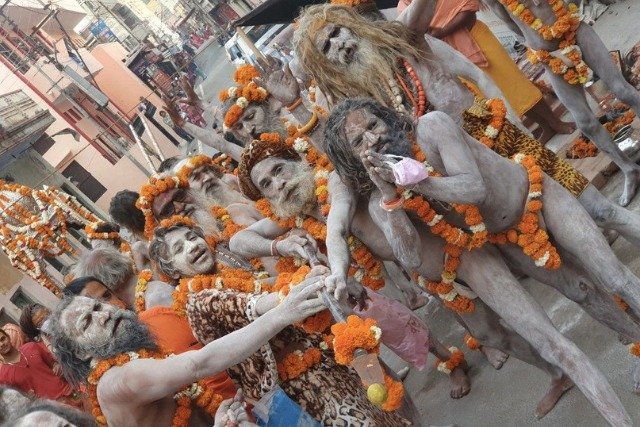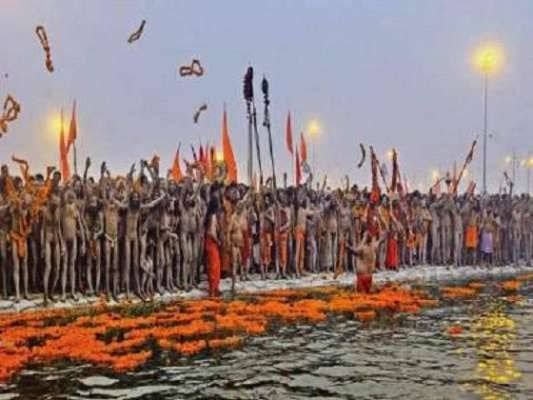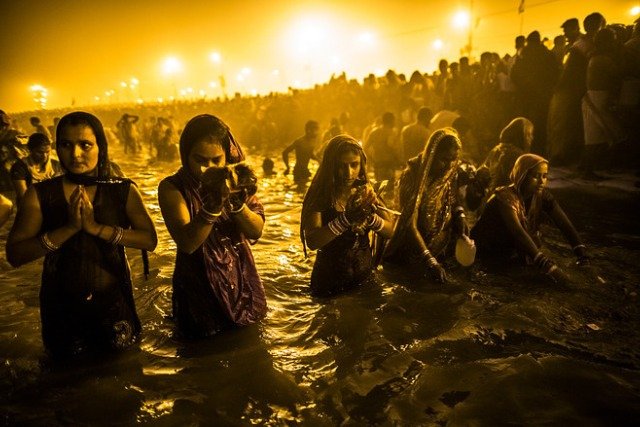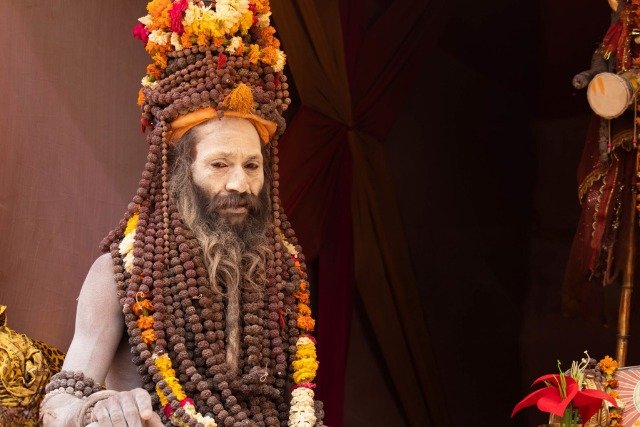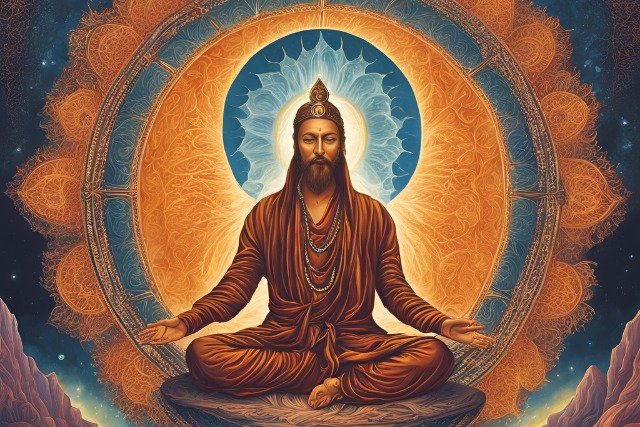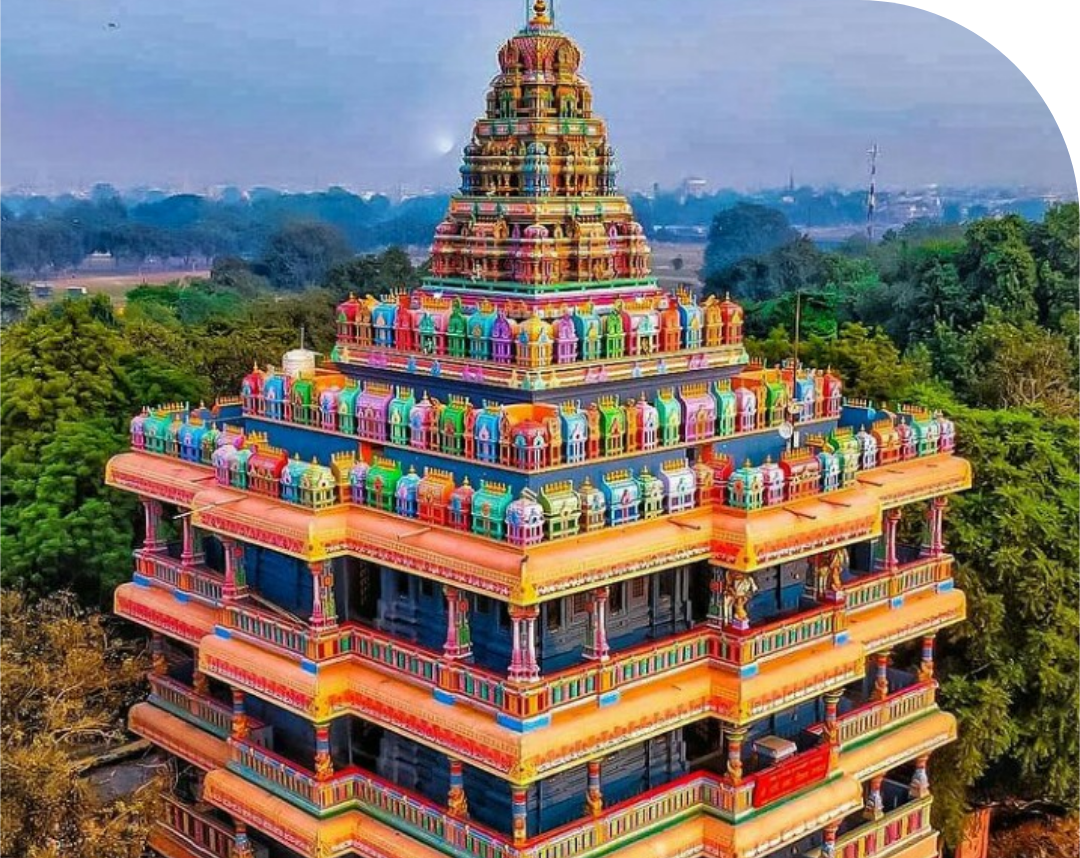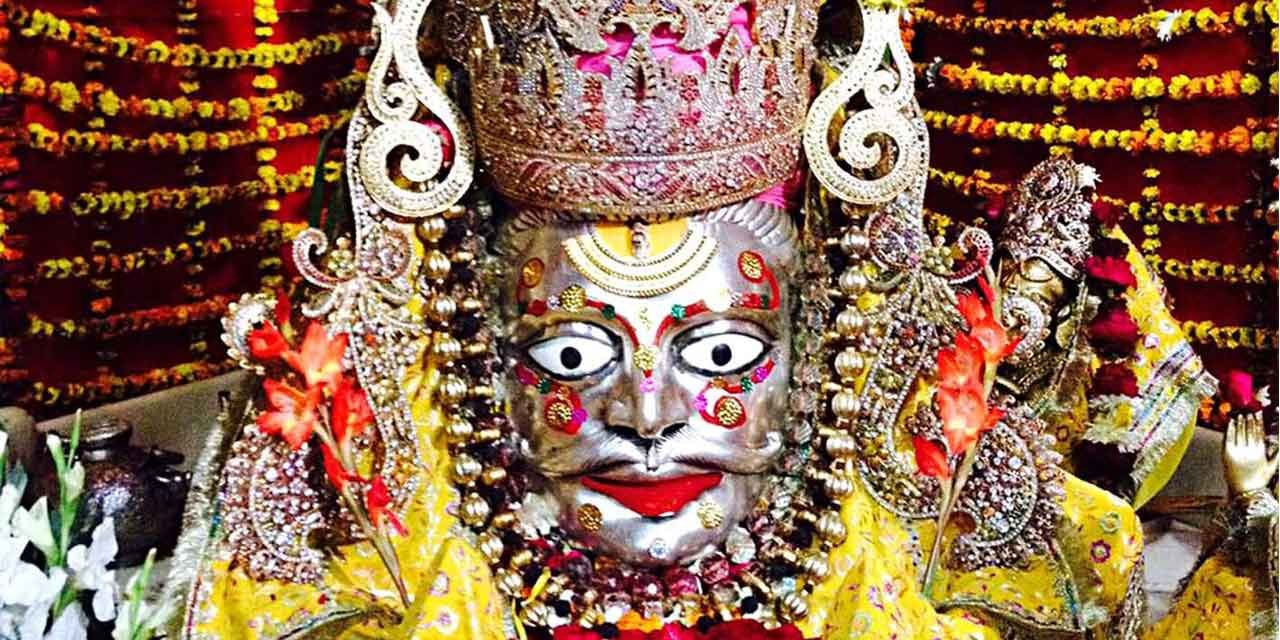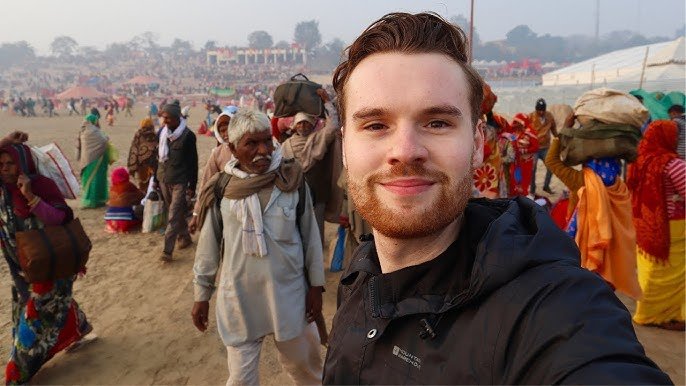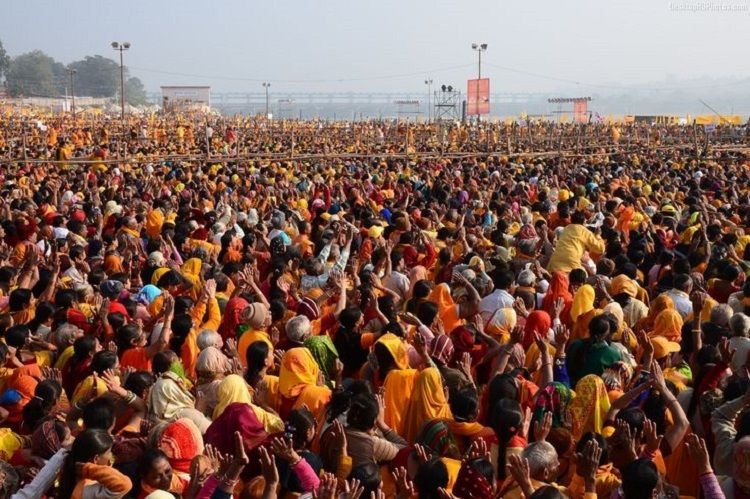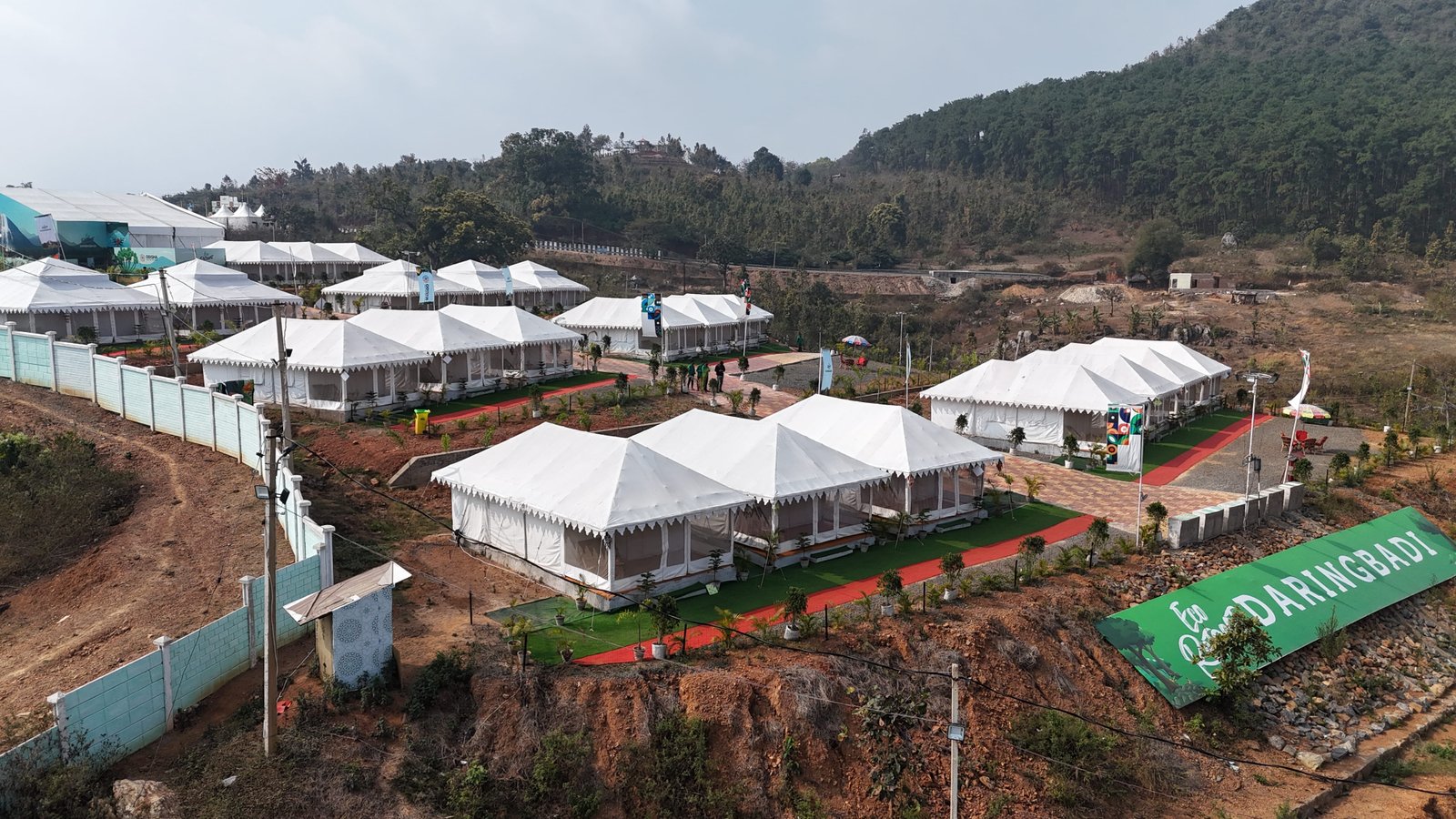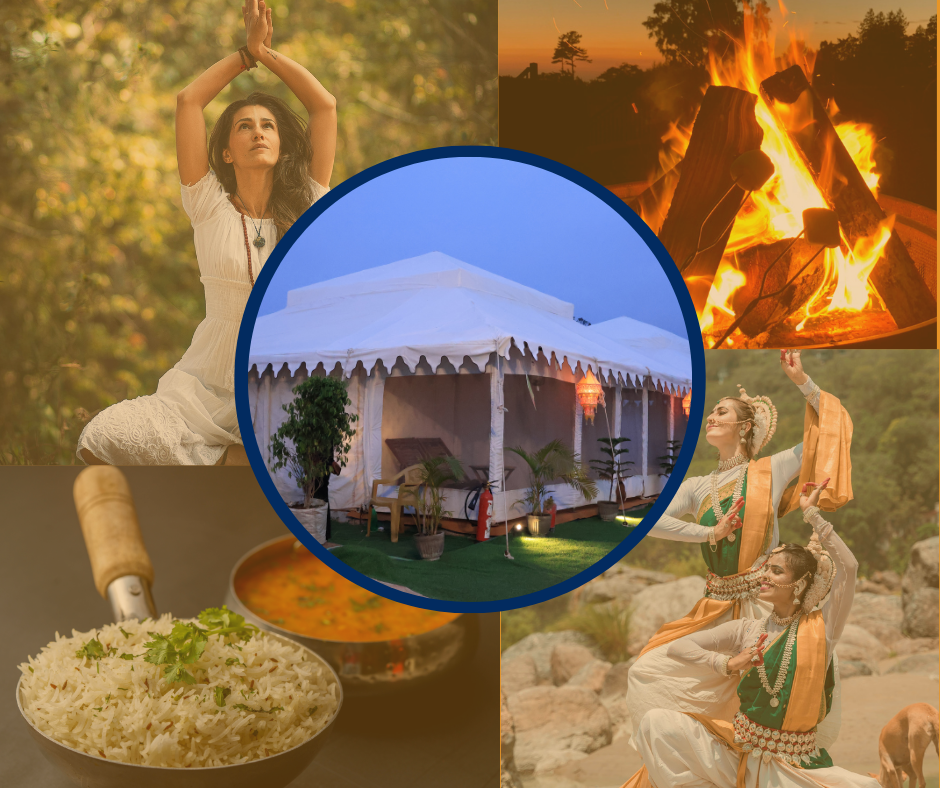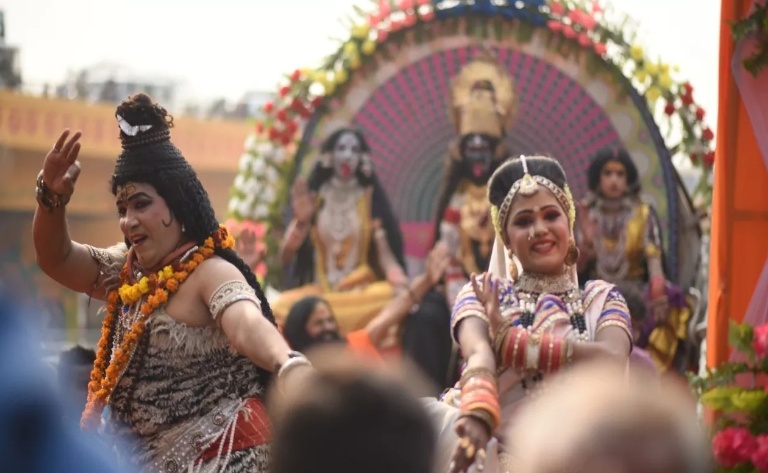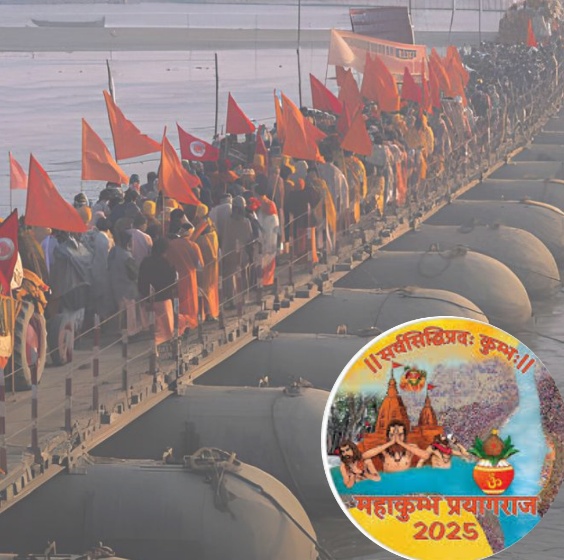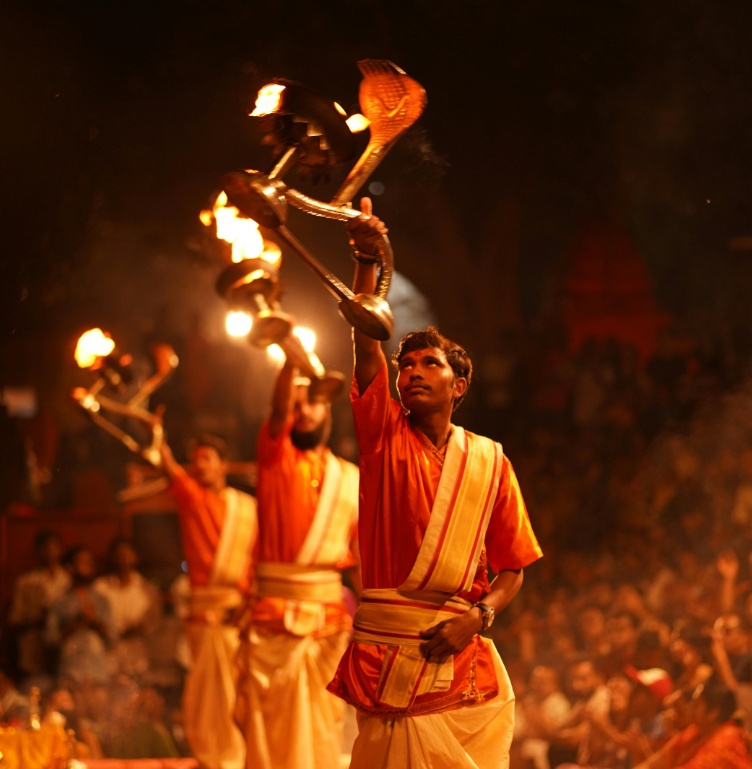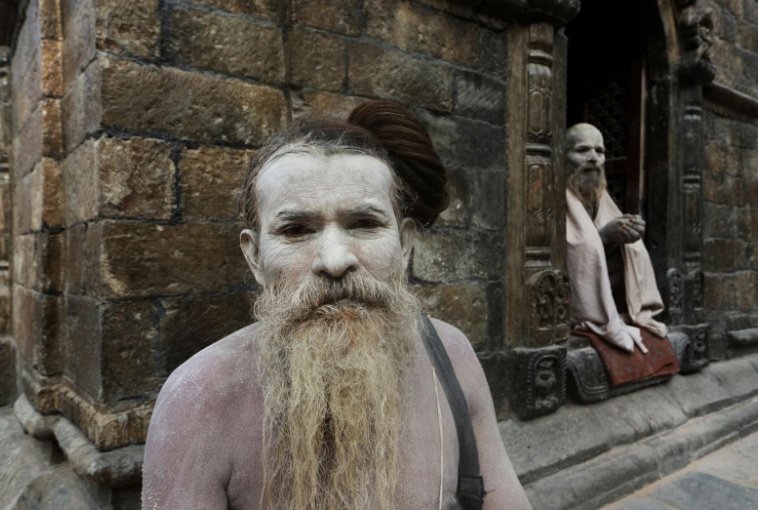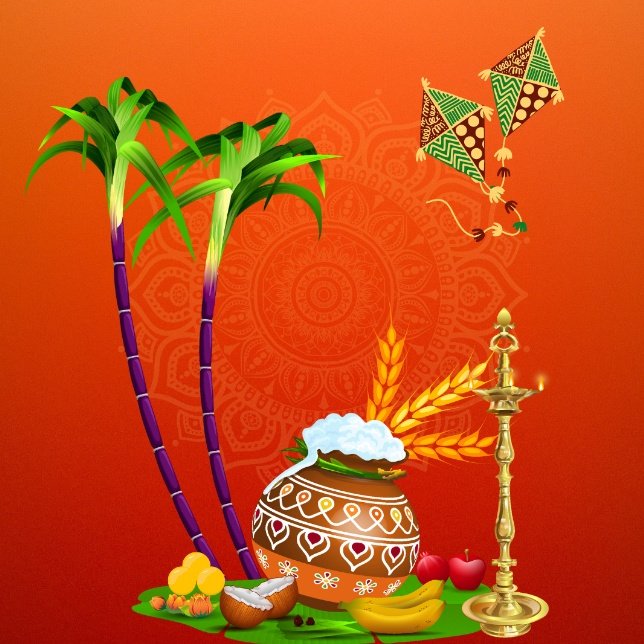
Author : Admin
Makar Sankranti at Kumbh Mela 2025: Sacred Shahi Snan
Planning to visit Mahakumbh 2025 on Makar Sankranti? Discover what makes this date a sacred Shahi Snan day. Uncover the deep spiritual significance behind why millions place their faith in this auspicious occasion, and explore its unique importance during Kumbh Mela 2025.
Mahakumbh Mela is renowned as the largest religious gathering in the world, attracting Hindu pilgrims from all walks of life on a profound journey of faith. Pilgrims believe that bathing in the sacred waters during the Mela not only cleanses them and their ancestors of past sins but also breaks the cycle of rebirth, leading to spiritual liberation (moksha). The Shahi Snan dates hold even greater importance, as these special days align with specific celestial positions, amplifying the spiritual benefits of taking a holy dip in the sacred rivers. These planetary alignments are seen as rare and powerful moments for purifying the soul.
One of these auspicious Shahi Snan dates is Makar Sankranti, which falls on January 14 every year (15 January on a leap year) and widely celebrated across India as a vibrant harvest festival.Let’s find out why this date is so special and why it has such deep spiritual meaning during the Kumbh Mela in India.
Why is Makar Sankranti widely celebrated across India, and what is its significance?
Ordinarily, the Kumbh Mela formally begins on the golden day of Makar Sankranti.. According to the Vedas, this day marks the transit of the sun and moon into Capricorn (Makar rashi) and Jupiter’s entry into Aries (Mesh rashi). This alignment is considered especially blessed because, according to ancient beliefs, the celestial pathways between Earth and higher realms are open on this day, allowing the soul to reach the heavenly realms.
In the Vedic scriptures, Sankranti signifies the Sun’s transition from one zodiac constellation (Rashi) to another, a celestial event that takes place 12 times annually. Among them, Makar Sankranti, also known as 'Poush Sankranti,' holds special importance and is regarded as one of the most auspicious. Unlike most Hindu festivals, which follow the lunar cycle, Makar Sankranti is one of the few that aligns with the solar calendar.This day is highly revered, not just for its religious importance but also for marking the beginning of the harvest season, a time when new crops are celebrated and shared with joy.
Mythical significance of Makar Sankranti
King Bhagirath and the Ganges
let's inquire into the tale of King Bhagirath, which is strongly allied to the traditions and beliefs connected with Makar Sankranti.According to Hindu mythology, King Bhagirath undertook a rigorous and profound spiritual practice, involving significant hardships, personal sacrifice, and dedication, to bring the Ganges from heaven to Earth. His aim was to bring the Ganga from heaven to Earth so that the souls of his ancestors, who had been cursed and trapped in an eternal state of unrest, could be purified.
When lord brahma pleased bhagirathi's desire, the mighty power of the Ganges posed a danger of causing destruction on Earth.To mitigate this, Bhagirath prayed to Lord Shiva, who agreed to capture the river in his matted locks. By controlling the Ganges’ powerful descent, Lord Shiva allowed the river to flow gently, thereby cleansing the land and purifying the souls of Bhagirath’s ancestors.
Surya Dev and His Son Shani
Another enchanting folklore associated with Makar Sankranti revolves around the tense relationship between Surya Dev (the Sun God) and his son, Shani Dev (Saturn).According to tradition, on this day, Surya Dev is believed to visit Shani Dev to mend their relationship, Illustrating unity and the renewal of family bonds. This celestial event is viewed as a powerful emblem of unity, forgiveness, and the importance of setting aside differences. The harmonious reunion of father and son reflects the triumph of warmth and compassion over discord, mirroring the Sun’s northward journey towards longer and brighter days. This mythological symbolism makes Makar Sankranti a special time for families to come together, forgive past grievances, and embrace positive changes as the Sun begins its auspicious path.
Sacred Practices on Makar Sankranti During Kumbh Mela
One can make Makar Sankranti more rewarding and spiritually enriching by engaging in various rituals and participating in ceremonies that highlight the festival's profound significance. Here are some significant traditions at the Kumbh Mela that worshippers can participate in to deeply connect with the spiritual and cultural significance of this auspicious occasion.
Royal Bath (Sacred Shahi Snan)
Pilgrims immerse themselves in the holy confluence at the sacred ghats, a ritual believed to cleanse the soul, purify the mind, and rejuvenate the body. When this sacred bath is performed on Makar Sankranti, it holds even greater significance, being referred to as the Shahi Snan (Royal Bath). This auspicious ritual is considered a powerful spiritual act, believed to bestow divine blessings and enhance one’s spiritual journey. The Shahi Snan draws vast numbers of
devotees, as it is believed that the celestial alignments on Makar Sankranti amplify the spiritual benefits of the holy dip.
Sun Worship
On this auspicious day, devotees can participate in special pujas and rituals dedicated to Surya Dev, the Sun God, to seek his blessings for health, prosperity, and spiritual growth. Makar Sankranti holds particular significance as it marks the Sun's transition into the northern hemisphere, known as Uttarayana.By honoring Surya Dev through these rituals, one can align with the cosmic energies and invite warmth, abundance, and spiritual enlightenment into their life.
Puja and Offerings
Along with the worship of Surya Dev, the Sun God, devotees at Kumbh Mela also revere Ganga Mata, the River Goddess, seeking her blessings and divine presence. As part of the rituals to honor these deities, specific offerings are made, each carrying deep spiritual significance and symbolic meaning. These sacred items are carefully chosen to reflect devotion, gratitude, and a connection to the natural elements.
Here is a guide on what to offer during this sacred rituals-
Offerings for Surya Dev-
Water (Arghya):
Significance: Pouring water to the Sun, known as "Arghya," is a main ritual. It is done during sunrise by facing east, symbolizing devotion and gratitude.
How: Offering water from a brass or copper vessel while chanting mantras dedicated to Surya Dev.
Red Flowers:
Significance: Red is associated with energy and power, making red flowers a fitting offering to the Sun God.
How: Place red hibiscus or other red flowers on the altar or offer them into the flowing river.
Rice Grains (Akshata):
Significance: Unbroken rice grains are a symbol of purity and prosperity.
How: Offer a handful of rice grains during the puja to honor Surya Dev.
Jaggery and Wheat:
Significance: These are traditionally associated with harvest and abundance, making them ideal offerings for Makar Sankranti.
How: Place jaggery and wheat grains at the altar or near the river as a gesture of gratitude for the harvest.
Sesame Seeds (Til):
Significance: Sesame seeds are believed to cleanse the soul and hold deep connections to the festival of Makar Sankranti.
How: Offer black or white sesame seeds as part of the puja, and distribute sweets made from sesame and jaggery.
Fruits:
Significance: Fresh fruits symbolize nourishment and the abundance of nature's blessings.
How: Offer seasonal fruits like sugarcane, guava, or bananas to Surya Dev.
Offerings for Ganga Mata:
Milk:
Significance: Milk represents purity and is often offered to the Ganga to seek her blessings for spiritual purification.
How: Pour a small amount of milk into the river while offering prayers.
Flowers:
Significance: White flowers are commonly offered to Ganga Mata, symbolizing peace and purity.
How: Place flowers into the river as a respectful offering.
Sandalwood Paste:
Significance: Sandalwood is cooling and fragrant, representing calmness and devotion.
How: Apply a small amount of sandalwood paste on the altar or float it in the river.
Diya (Oil Lamp):
Significance: Lighting a diya symbolizes hope, knowledge, and the elimination of darkness.
How: Light a small oil lamp and place it on the riverbank, allowing it to float gently on the water as a mark of reverence.
Coconut:
Significance: Coconut is often offered to the river as a symbol of completeness and divine blessings.
How: Break a coconut and offer it in the river, requesting Ganga Mata’s grace.
Coins or Offerings of Money:
Significance: Symbolic offerings of wealth are made to show gratitude and seek Ganga Mata’s blessings for abundance.
How: Offer a small amount of money or coins into the donation boxes available at the riverbanks.
Religious Discourses and Sermons
Religious leaders and revered sages deliver profound discourses on spiritual and philosophical topics, offering invaluable guidance and inspiration to the gathered pilgrims. Their teachings help deepen the understanding of life’s higher purpose, encouraging personal growth and inner peace.These teachings, coupled with sacred recitations from ancient scriptures, elevate the spiritual ambiance of the Kumbh Mela, creating a powerful environment for reflection and enlightenment, making the Mela a truly transformative experience.
Feasts and Community gatherings
Traditional sweets made from sesame seeds (til) and jaggery (gur) are lovingly prepared and shared among devotees, symbolizing the sweetness of life and the prosperity of the harvest season. These offerings are believed to usher in good fortune. Additionally, large community feasts are organized, where people come together to share meals, fostering a deep sense of unity and communal harmony, reflecting the festival's spirit of togetherness and gratitude.
Charity and Donations
Pilgrims actively participate in charitable acts, generously offering food, clothing, and monetary donations to the less fortunate. These selfless gestures not only reflect compassion but also serve to accumulate spiritual merit, reinforcing the importance of helping others and fostering a sense of humility and service during this sacred time.
Makar Sankranti: Celebrations in the Sky and Beyond
These fun facts highlight the diversity and joy that Makar Sankranti brings to people across India!
Kite Flying Extravaganza: One of the most iconic traditions of Makar Sankranti is kite flying, especially in Gujarat and Rajasthan. The skies are filled with colorful kites, symbolizing freedom and joy as people compete in friendly kite battles.
Different Names Across India: Makar Sankranti is celebrated under various names across the country. In Tamil Nadu, it's known as Pongal, in Assam as Magh Bihu, in Punjab as Lohri, and in Karnataka and Andhra Pradesh as Suggi. Each state adds its unique cultural twist to the celebrations.
Special Foods: Sesame and jaggery sweets like Tilgul are exchanged as a symbol of goodwill. In Maharashtra, during Makar Sankranti, you’ll often hear people saying, "Tilgul ghya, goad goad bola," as they exchange traditional sweets made of sesame seeds and jaggery. This heartfelt greeting translates to "Take this sweet and speak sweetly," symbolizing the sharing of goodwill, warmth, and kindness.
Bonfire Festivities: In Punjab, the festival is marked by the Lohri bonfire, where people gather around the fire, sing traditional songs, and dance to celebrate the end of the cold season.
Farmers’ Fest: Traditionally, Makar Sankranti is a farmer-centric festival, celebrating their hard work and dedication. It’s a time when farmers showcase their produce and partake in rituals for good fortune and prosperity.
Unique Traditions: Different regions have their unique traditions, such as cooking special dishes like khichdi in Uttar Pradesh and preparing Pongal rice in Tamil Nadu, adding to the festival’s diverse and colorful celebrations.
Cultural Performances: In various states, Makar Sankranti is celebrated with cultural performances, including dance, music, and folk art, reflecting the rich diversity of Indian traditions.
Accommodation Tips to Stay in Kumbh Mela
If you’re contemplating where to stay during Kumbh Mela without sacrificing comfort or quality, Shivadya Camps is the perfect choice. Our exclusive tent city features modern Swiss tents with spacious, well-appointed layouts designed for a luxurious stay. We offer a diverse range of tent options to cater to every budget and preference.
At Shivadya Camps, you’ll enjoy not just a comfortable retreat but also a host of services and activities tailored to enrich your Kumbh Mela experience. From guided tours to the sacred bathing ghats to engaging evening cultural programs and serene meditation sessions, we ensure your stay is both memorable and meaningful. For a seamless booking experience, explore our blogs on accommodation options and booking procedures.
